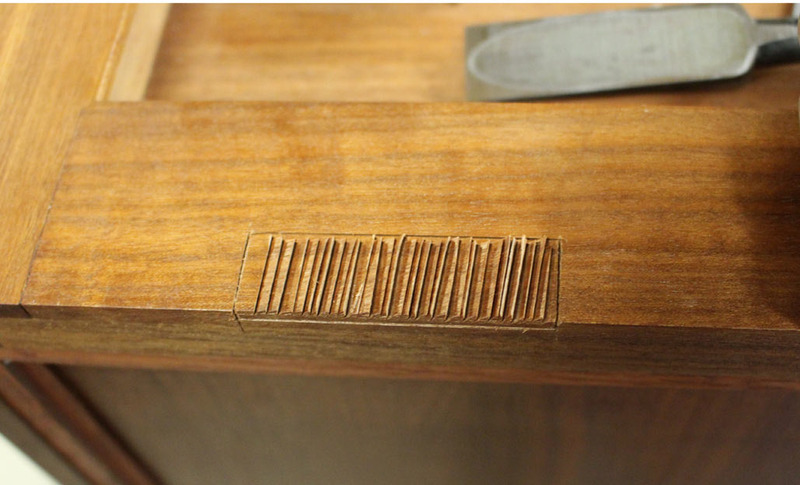Hi Brian, could you be more specific? What kind of damage could occur by doing this on a Tormek wet grinder?
The various expert opinions here have convinced me to hone my japanese chisels by hand with a flat bevel, but I ask the question anyway out of sheer curiosity.
I believe my chisels are made from white#1 steel and I also have some made from blue steel. Thanks





 Reply With Quote
Reply With Quote





